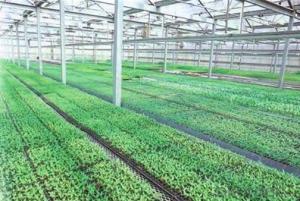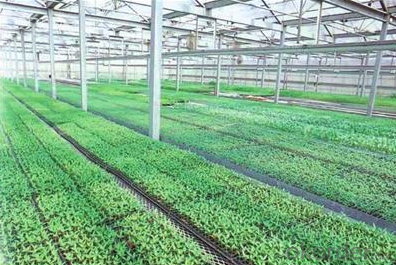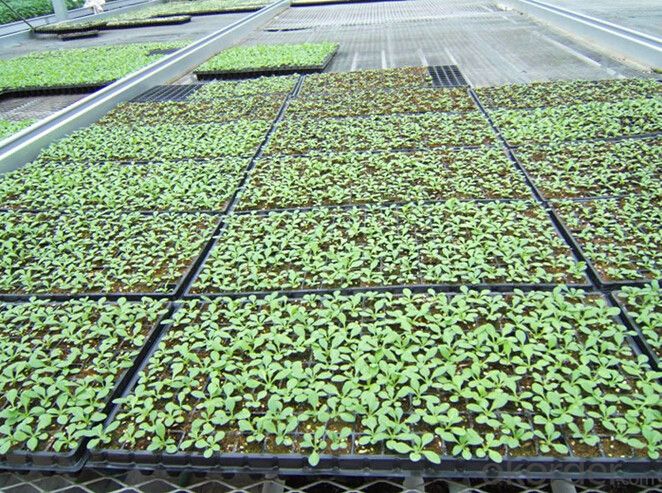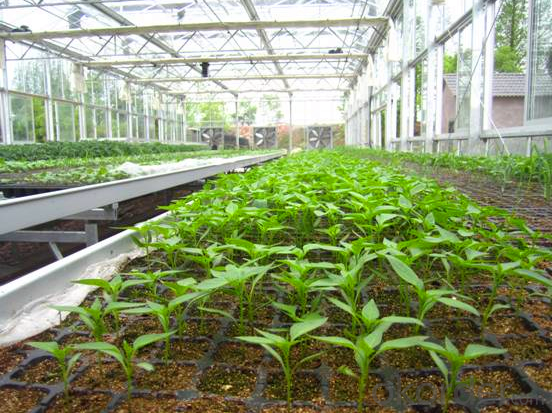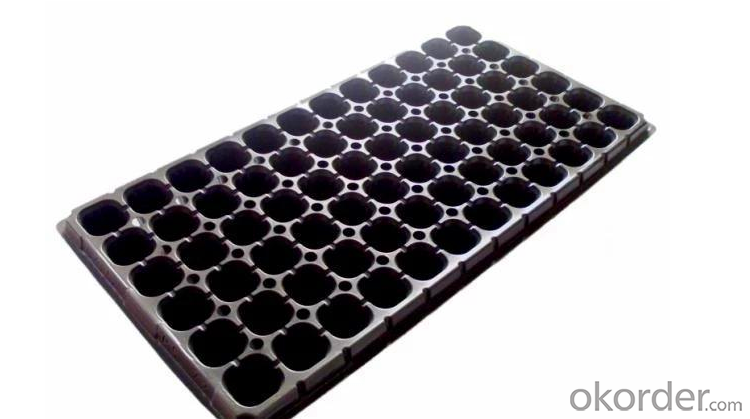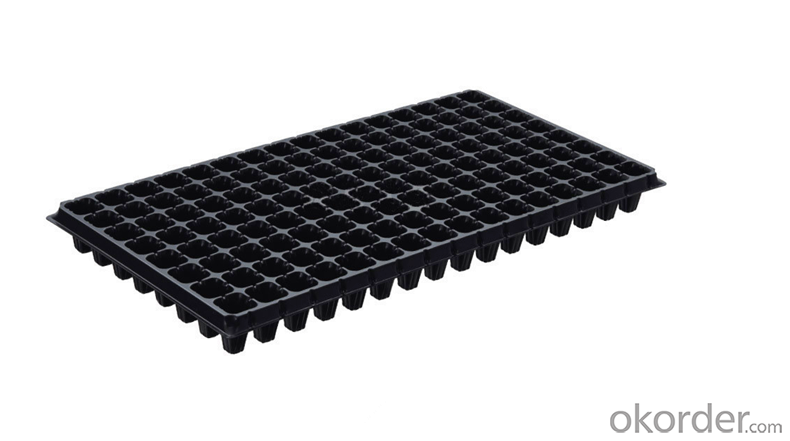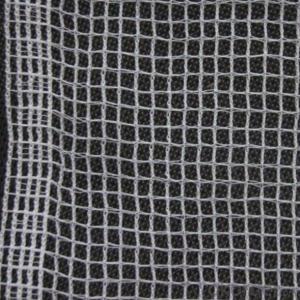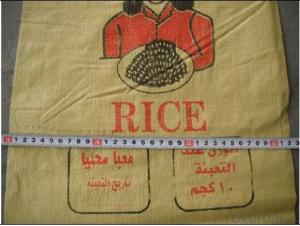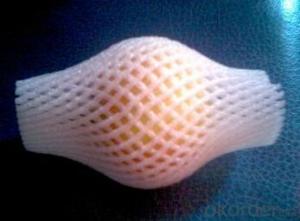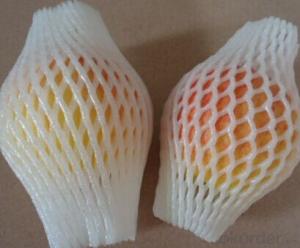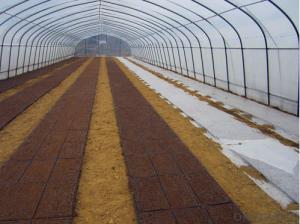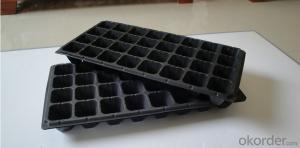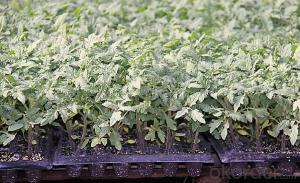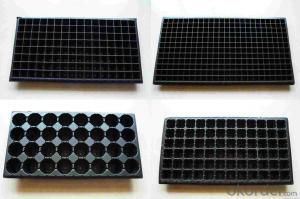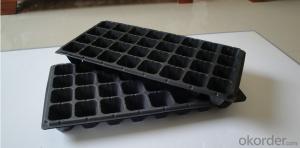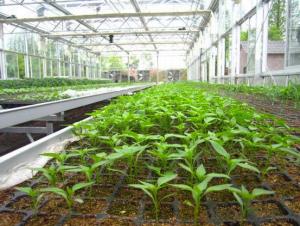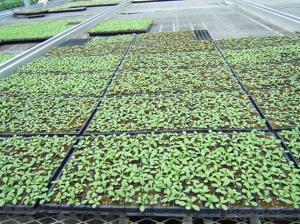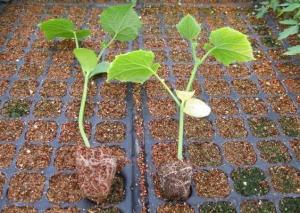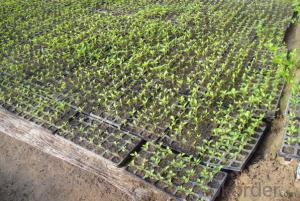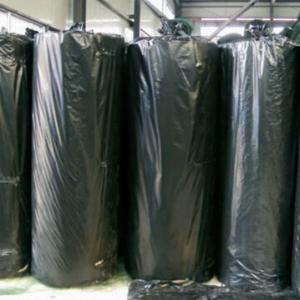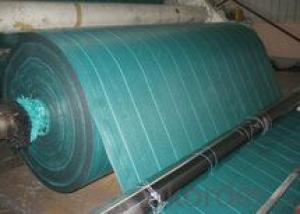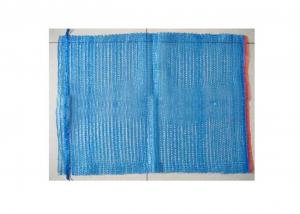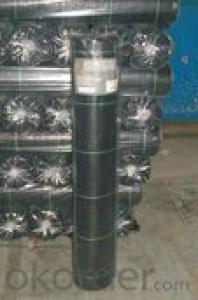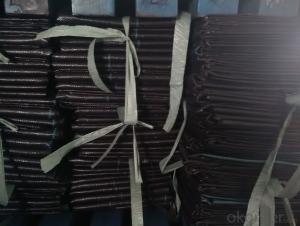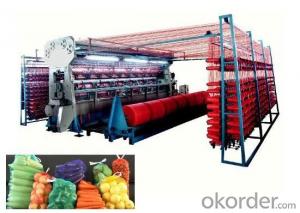Greenhouse Usage Plug Trays (Growing and Seedling) HIPS Made Plastic
- Loading Port:
- China main port
- Payment Terms:
- TT OR LC
- Min Order Qty:
- 3000 pc
- Supply Capability:
- 50000 pc/month
OKorder Service Pledge
OKorder Financial Service
You Might Also Like
Brief Introduction to CNBM:
CNBM International Corporation (CNBM International) is the most important trading platform of CNBM Group Corporation, a state-owned company under the direct supervision of State-owned Assets Supervision and Administration Commission of the State Council.
CNBM International is highly recognized by its business partners and clients all over the world and has obtained rapid development under the spirit of win-win. We will carry on the mutual beneficial, innovative and revolutionary trading structure as we did before, create value for our employees, share holders and clients and benefit the whole society in our future development.
Features of Plug Trays (Growing and Seedling) HIPS Made Plastic Plug Tray for Greenhouse:
· Material: HIPS
· Thickness: 0.5mm-1.5mm, Standard:1mm
· Weight: 80g(±5)g-230g(±5)g, Standard weight:155g(±5)g
· Size: length:490mm-540mm, width:190mm-345mm,depth:25mm-150mm
· Standard:540mmX280mm
· Cell count: 18-512
· Package: In Carton
· Warrenty: 8-10 times
Picture:
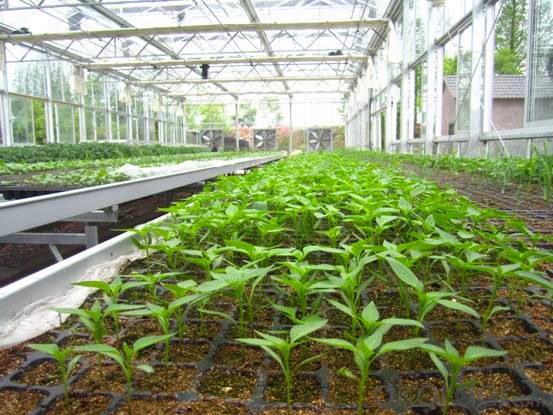
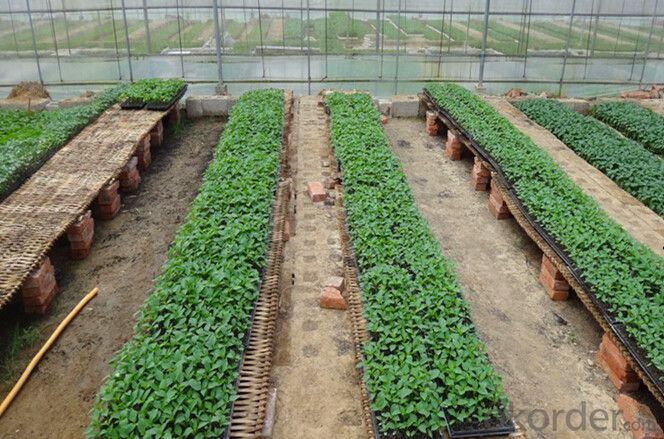
Specification of Plug Trays (Growing and Seedling) HIPS Made Plastic Plug Tray for Greenhouse:
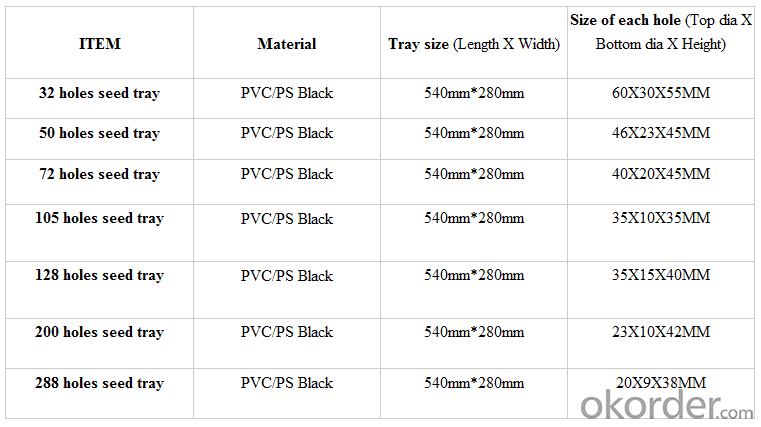
FAQ of Plug Trays (Growing and Seedling) HIPS Made Plastic Plug Tray for Greenhouse:
Q:1.How many times can the seed tray be used?
A: Under the same environment, it is decided by the thickness. Usually 0.6mm thickness can be used for 1 or 2 times.
1.0 thickness can be used for 3-4 times. 1.5 thickness can be used for 8-10 times.
Q: 2.How long is the production time?
A: Usually one to two weeks.
Q: 3.How is the seed tray being packaged?
A: They can be packaged in carton or pallets. Carton size is 1375px*725px*1250px.
- Q: Can nursery trays be used for aquaponics?
- Yes, nursery trays can be used for aquaponics. They can serve as a suitable container for growing small plants or seedlings in an aquaponic system. The trays provide a convenient way to hold and transport the plants, while also allowing for efficient water and nutrient circulation within the system.
- Q: who has the best fishing plastic baits I want to try different kinds. Ive only mostly used zoom, I was wondering if berkley or mann's or any other brands work good too
- black and red flake tube texas rig, little tip put some alcacelcer are what ever you call it, but put a little bit in the tube all the way up inside the tube works well like that in murky water try it it might as well be against the law but it aint
- Q: How do I prevent ground cover from smothering tree roots?
- One way to prevent ground cover from smothering tree roots is by regularly maintaining and trimming the ground cover. This includes keeping it at a reasonable distance from the base of the tree, ensuring it does not grow too thick or dense. Additionally, creating a mulch ring around the base of the tree can help by providing a barrier between the ground cover and the tree roots, allowing for better airflow and reducing competition for nutrients and moisture.
- Q: Do nursery trays come with a cover or dome?
- Yes, nursery trays typically come with a cover or dome.
- Q: Are there any ground cover plants that are suitable for heavy foot traffic?
- Yes, there are ground cover plants that are suitable for heavy foot traffic. Some examples include creeping thyme, moss, Irish moss, and creeping juniper. These types of plants are durable and resilient, able to withstand frequent stepping and foot traffic without getting damaged.
- Q: What are the different types of greenhouse films used in horticulture?
- There are several types of greenhouse films used in horticulture, including polyethylene films, polycarbonate films, acrylic films, and polyvinyl chloride (PVC) films. Each type of film offers different benefits and characteristics, such as light transmission, durability, and insulation properties, allowing horticulturists to choose the most suitable film for their specific needs.
- Q: i have these red plastic/fake flowers that i want to put in my hair, but i really wish they were white. is there any way that i can bleach them or just remove the color somehow without ruining them? preferably with household products. thanks
- You can't bleach plastic because the color is part of the plasticstructure. My suggestion, which I use for crafts and scrapbooking, is tt go to your local hardware store. In the paint section there is Krylon spray paint which is made for use on plastic (mostly deck chairs and plastic pots, I suppose). My local store had black, white, red, green, brown, pink, yellow, and a few different shades of blue. Good luck and have fun!
- Q: Can ground cover plants be used to create a low-maintenance solution for steep slopes?
- Yes, ground cover plants can be used to create a low-maintenance solution for steep slopes. These plants serve as living mulch, preventing soil erosion, reducing weed growth, and minimizing the need for mowing or maintenance. They also enhance the aesthetic appeal of the slope by providing a lush and green cover. However, it is important to select the appropriate ground cover plants that are well-suited for the specific slope conditions and climate to ensure their success and effectiveness in creating a low-maintenance solution.
- Q: Hello, I am just wondering why plastic surgeons in Canada cannot operate on citizens from the United States?
- Sorry, there is not any such factor as unfastened plastic surgical treatment, not even interior the Canadian wellness care device. If it replaced right into a case of re-effective surgical treatment after an accident, then it's going to be coated as a needed scientific price. whether, interior the circumstances of thoroughly non-compulsory elegance strategies as what you opt for, you're able to prefer to pay up front, and function parental consent previously the generic practitioner could even evaluate taking you as a affected person. maximum surgeons in Canada will turn you away nonetheless in case you're underaged and wanting plastic surgical treatment.
- Q: What are some ground cover options for full sun areas?
- Some ground cover options for full sun areas include creeping thyme, sedum, creeping phlox, ornamental grasses, and gazania.
Send your message to us
Greenhouse Usage Plug Trays (Growing and Seedling) HIPS Made Plastic
- Loading Port:
- China main port
- Payment Terms:
- TT OR LC
- Min Order Qty:
- 3000 pc
- Supply Capability:
- 50000 pc/month
OKorder Service Pledge
OKorder Financial Service
Similar products
Hot products
Hot Searches
Related keywords
